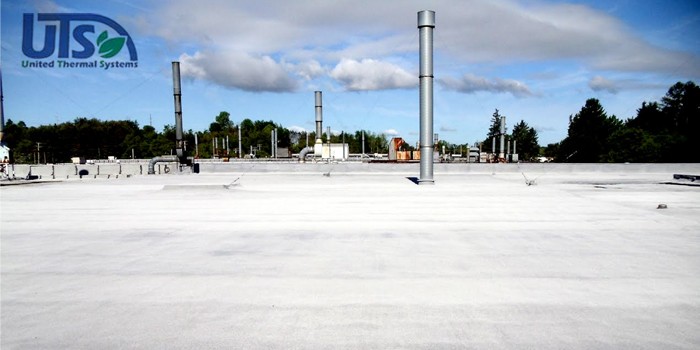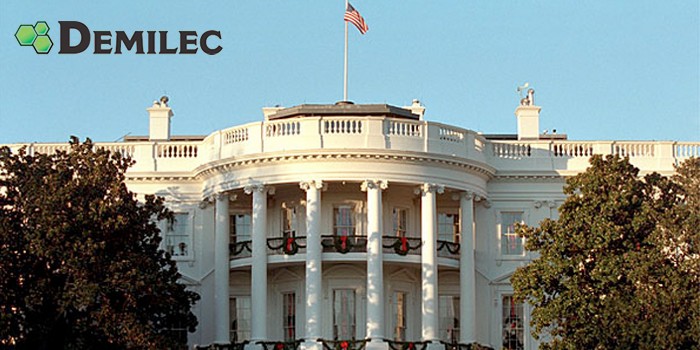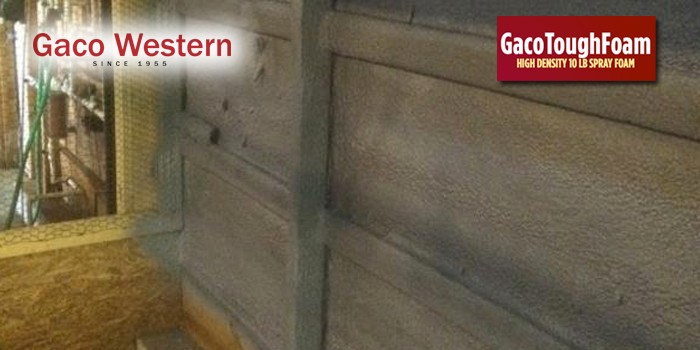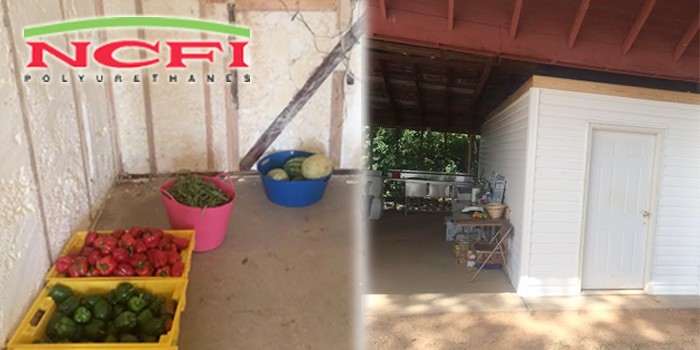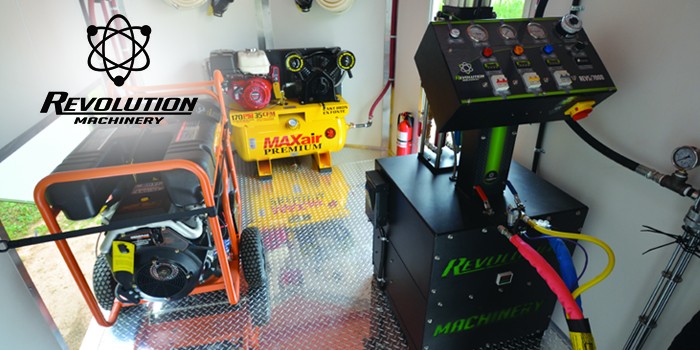Kansas City Icon, the American Royal, Saves Millions by Using NCFI Polyurethanes’ TerraThane for Void Filling, Concrete Lifting and Leveling
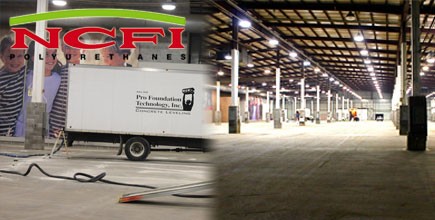
MOUNT AIRY, NC - June 5, 2013 - Kansas City, Missouri’s historic American Royal got its start way back in 1899 and today draws more than 250,000 people over an annual eight-week season of barbeque contests, rodeos, livestock shows, equestrian events and agricultural activities benefiting youth and education. The 14-acre complex’s buildings, though, have a problem common to the confluence of the Missouri and Kansas rivers—the soil beneath them erodes and concrete slab floors become uneven.
Like most of the Kansas City metropolitan area, the land on which American Royal stands is an ancient riverbed, or channel for retreating glacial melt and contains thick limestone, channel sandstone, and shale. While the mix is a solid, stable base, sometimes the supporting geology shifts and presents challenges for concrete sidewalks and slab floors.
The floor of Governor’s Exposition Hall began shifting back in 1980s and the only remedy was to fill the voids beneath it with asphalt, and eventually to apply asphalt over the slab for a level surface. Finally last year the American Royal management was faced with a tough choice—find a better, more permanent solution or tear up the entire floor and replace it.
“That would have cost us millions of dollars,” says Dean Barrett, deputy director at Kansas City’s Department of Convention and Entertainment Centers. “I read about SPF foam and called around to learn more. We put the job out for bid and chose the local company Pro Foundations Technology from the many we received from across the country.”
Joe Morgan of Pro Foundations says his company got to work “foamjacking”—a relatively new term based on the legacy method of “mudjacking” in which a slurry, or grout, of water, dirt and cement is pumped under a concrete slab to lift it to its original level position. Foamjacking uses TerraThaneTM spray polyurethane foam (SPF) instead of the mud slurry. The SPF foam is lighter than mud so it doesn’t overburden the soil, yet more structurally dense so it handles heavier loads.
Morgan adds, “Plus it isn’t organic and doesn’t include water as an ingredient. The Department of Engineers won’t allow that any longer because they believe it contributes to erosion of the soil, so SPF foam is the best replacement and becoming more commonplace.”
“SPF is an ideal product for void filling and concrete lifting,” says Morgan. “We use the specially formulated, dense foam system made by one of the U.S.’s oldest and most trusted geo-tech foam houses, NCFI Polyurethanes. We removed the asphalt and drilled small holes in the slabs, pumped the two-part TerraThaneTM foam into the holes to fill the voids—some larger than 36”—then raised the slabs to level.”
Morgan says his firm has been using TerraThane for more than four years because it is more efficient, economical, requires less-to-no maintenance and is safer to apply.
“Equipment for the old mudjacking method has lots of moving parts and can cause injuries," says Morgan. "Foamjacking is much simpler with the application process using only one moving part."
Barrett says Kansas City is pleased with the successful results of the December 2011 work.
“We’ve got a level floor and it saved us millions of dollars. We’ll be using it again for other projects here at American Royal,” says Morgan.
ABOUT NCFI: NCFI, headquartered in Mt. Airy, NC since 1964, manufactures polyurethane foam chemical systems for spray foam-in-place insulation (SPF), geotechnical, roofing, marine flotation, packaging, specialty molding, and many other uses. The company also offers a complete line of flexible foams for furniture seating, transportation seating, bedding, carpet underlay, and packaging. NCFI also has manufacturing plants in Hickory, N.C., Dalton, GA., and Salt Lake City, UT. To learn more about NCFI please visit www.NCFI.com. To learn more about NCFI please use the contact details and links provided below.
Disqus website name not provided.





